Gandon Editions
MARGARET EGAN – Natural Harmony
MARGARET EGAN – Natural Harmony
Couldn't load pickup availability
Share
ed. Niamh O'Sullivan; intro by Bernard Farrell; essay by Mark Ewart
ISBN 978 1910140 444 120 pages (paperback) 23x25cm 113 illus
Born in New Ross, county Wexford, Irish artist Margaret Egan now lives and works in Monkstown, county Dublin. After qualifying as a draftswoman, she studied under Breton sculptor Yann Renard Goulet RHA from 1963-67, and then continued her education at the National College of Art in Dublin from 1967-69. She has been exhibiting her work since then, both at home and abroad. About her work Margaret says: “For me my work is a living thing, it never stops, it embraces and fascinates. I am influenced by everything; even the apparent boredom of things has a meaning. The link between people and landscape intrigues me and the endless layers that lie therein.”
_____
EXTRACT
"Egan has thoroughly practiced the skill of assimilating human form, distilling facial features into a unique physiognomy that has become an instantly recognisable stylistic signature of her work. These beguiling, predominately female figures, resonate with emotional depth. The sense of mystery is a characteristic of her paintings where figures seem to reside within a dreamlike hinterland that is at once familiar, yet also dislocated from reality. The more time one spends contemplating these enigmatic faces, the more the mind must race to catch up with the imagination that conjured them. The classically chiselled beauty of their features seems hauntingly timeless – remnants of ancient frescos, unearthed from layers of volcanic ash, or illustrations inspired by a Merchant Ivory period drama. The visages are generally expressionless, although the occasional flicker of a smile is just discernible. They are stylised, but their soft, geometric features have an almost primitive directness, an elemental naturalism.
If at first the figures seem aloof, they are nonetheless benevolent. Some seem to communicate telepathically, others simply pronounce their existence. Their ethereality may even suggest a higher purpose, as if custodians of secret messages that once drifted through Arcadian landscapes. Their intangibility elevates the paintings from mere academic representation of human form into something that is altogether more poetic. But what are they telling us? Are they intended to conjure an age beyond the reach of the modern world? Is the messaging optimistic, pessimistic, or otherwise indeterminate? As if by proxy, Egan’s figures make us aware that we cannot control our place in this world, that the past endures in the present, and our future is uncertain."
|
CONTENTS Introduction Essay COLOUR PLATES 20 Endmatter |
published 2024
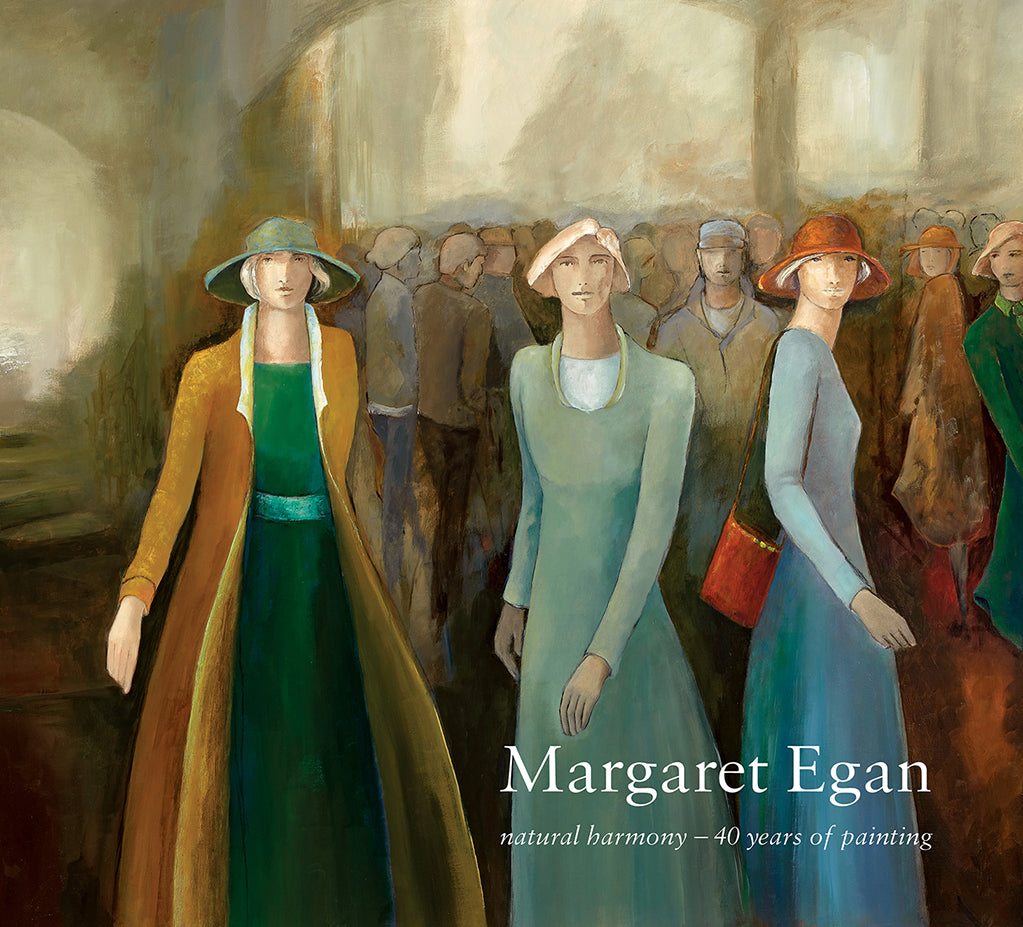
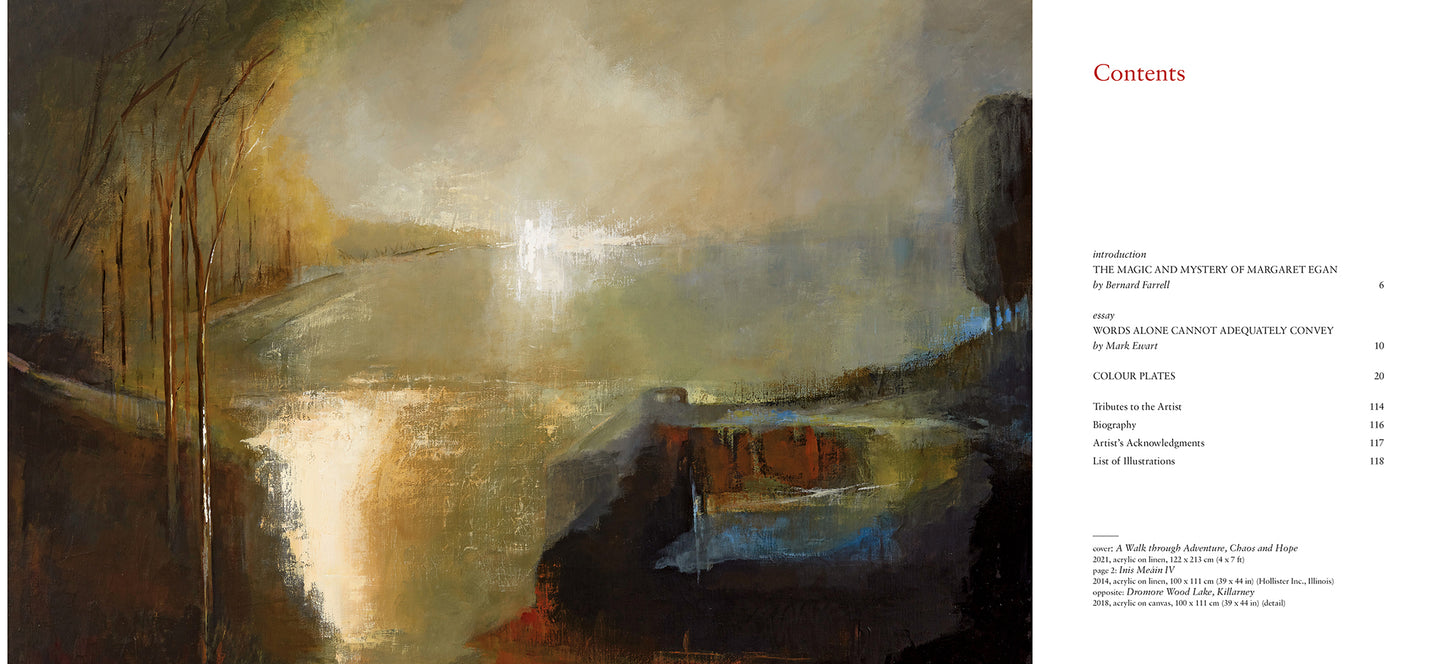
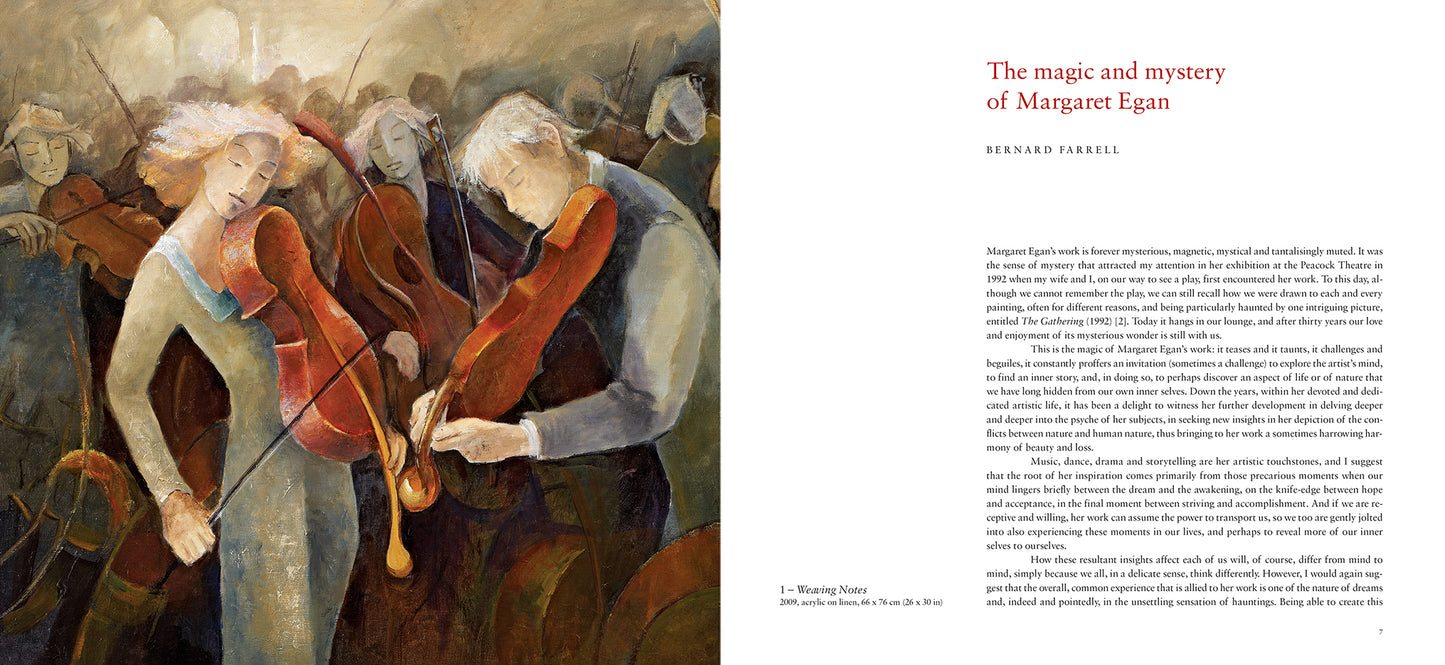
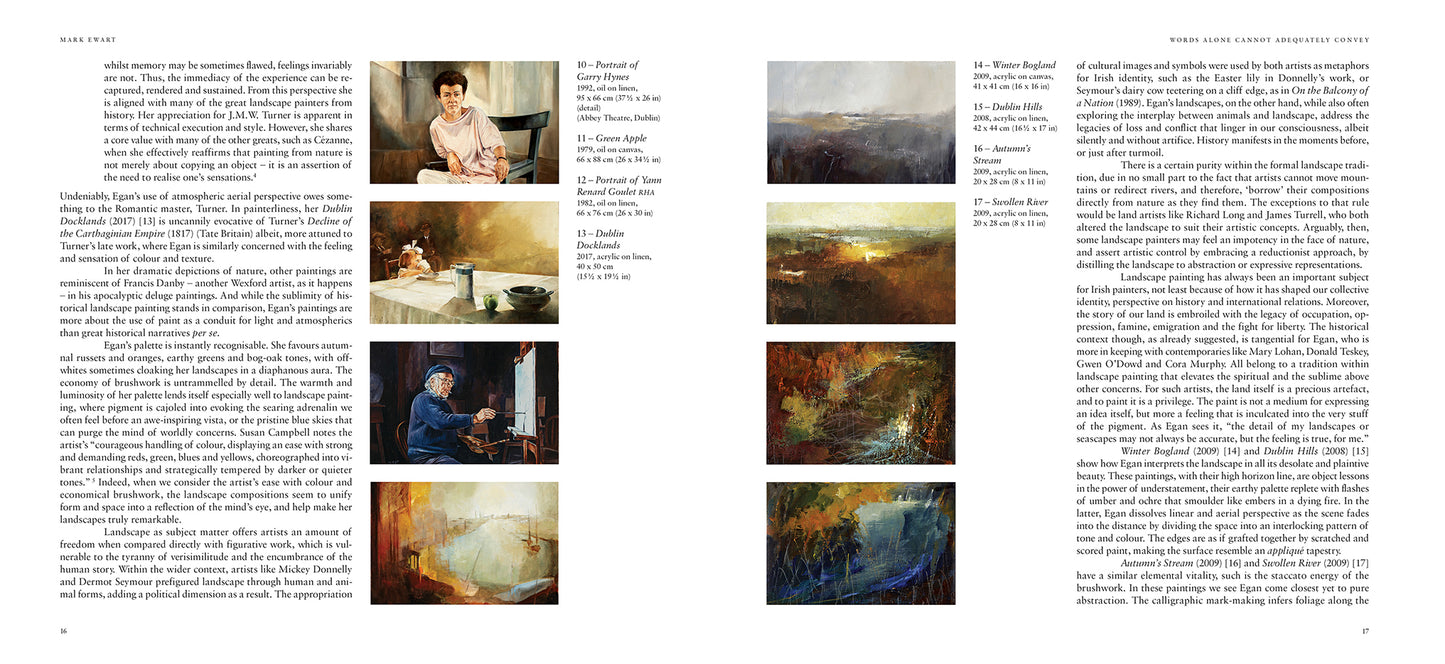
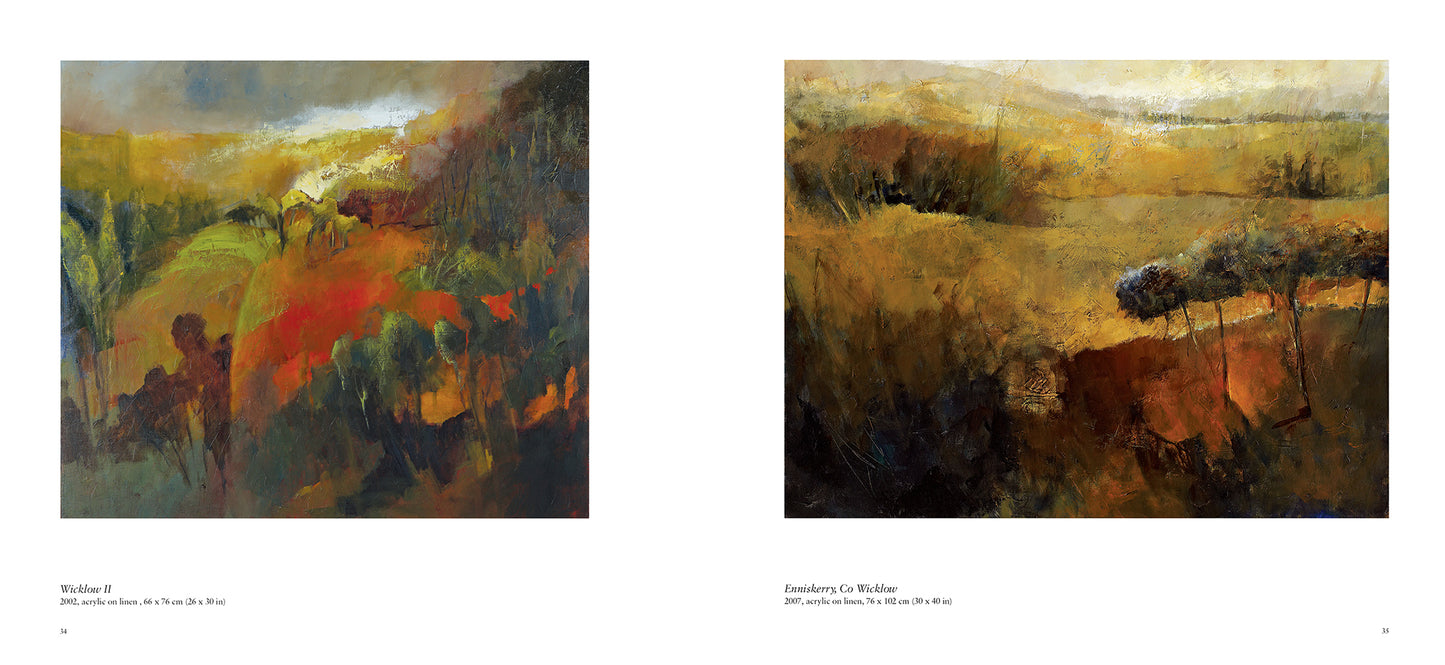
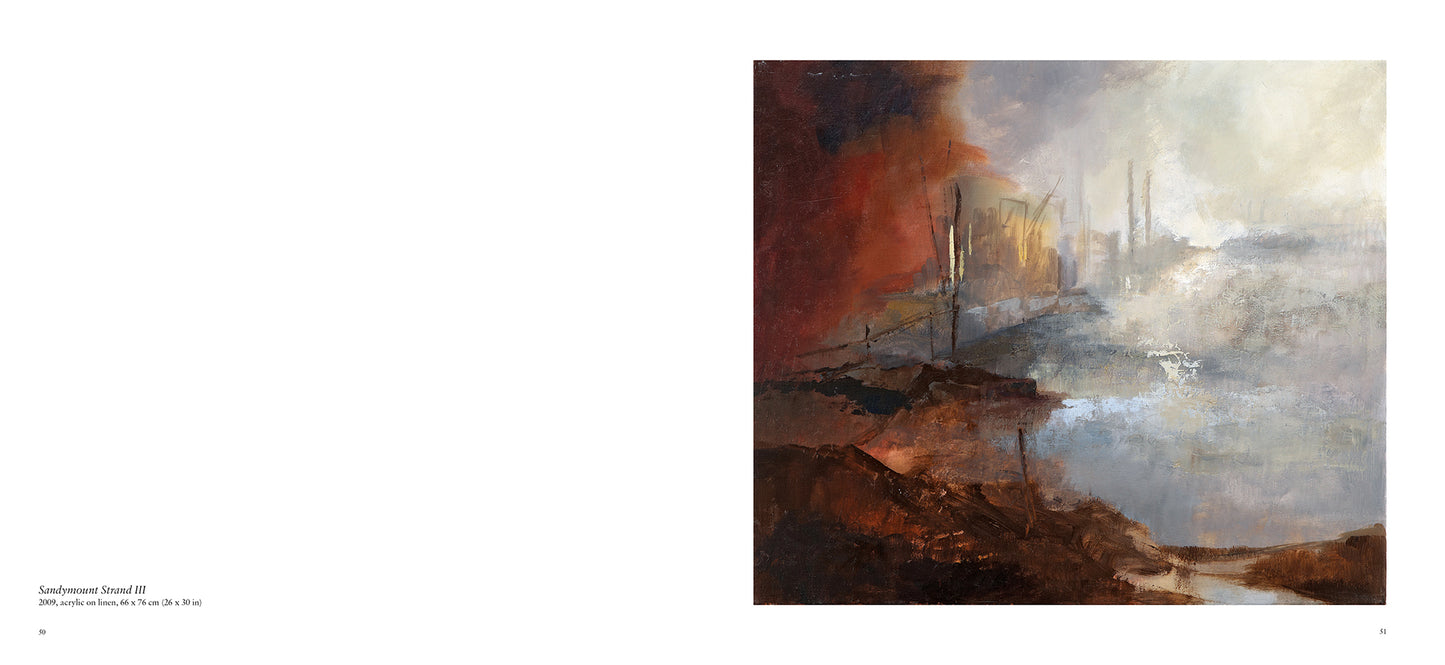
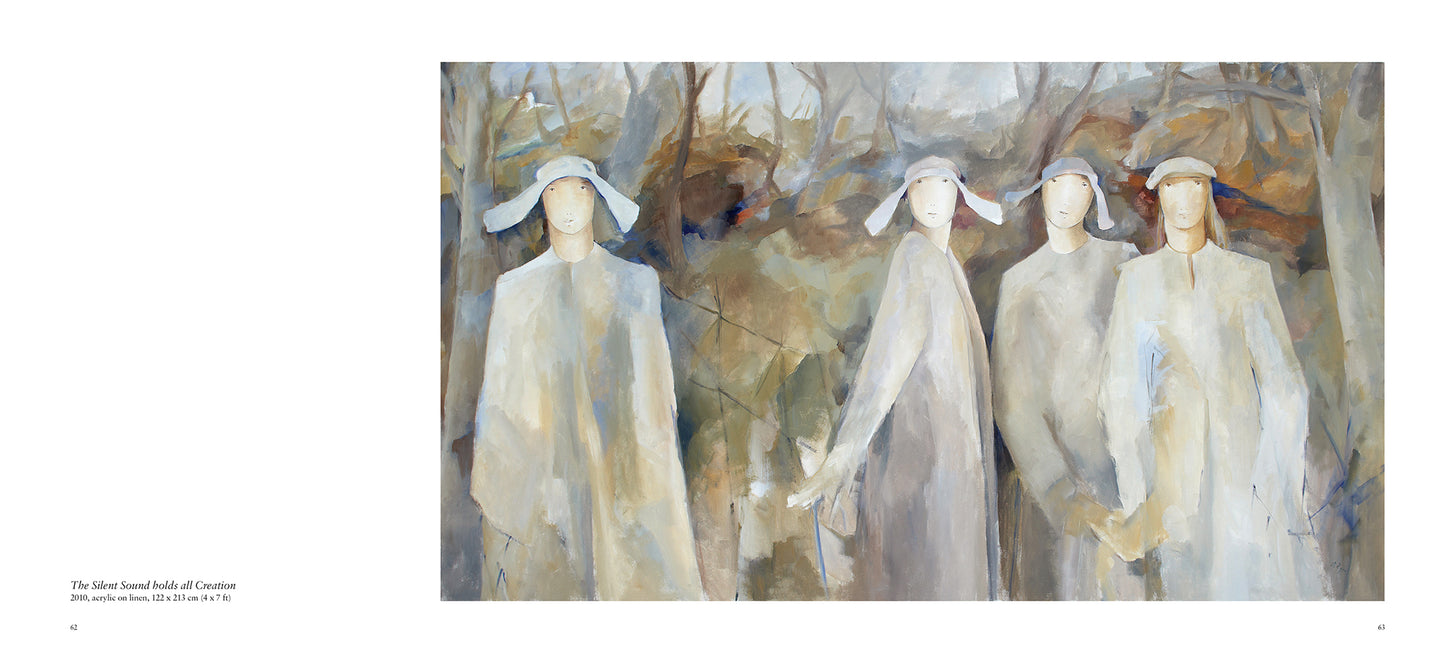
Lovely publication the printing and information really good.







